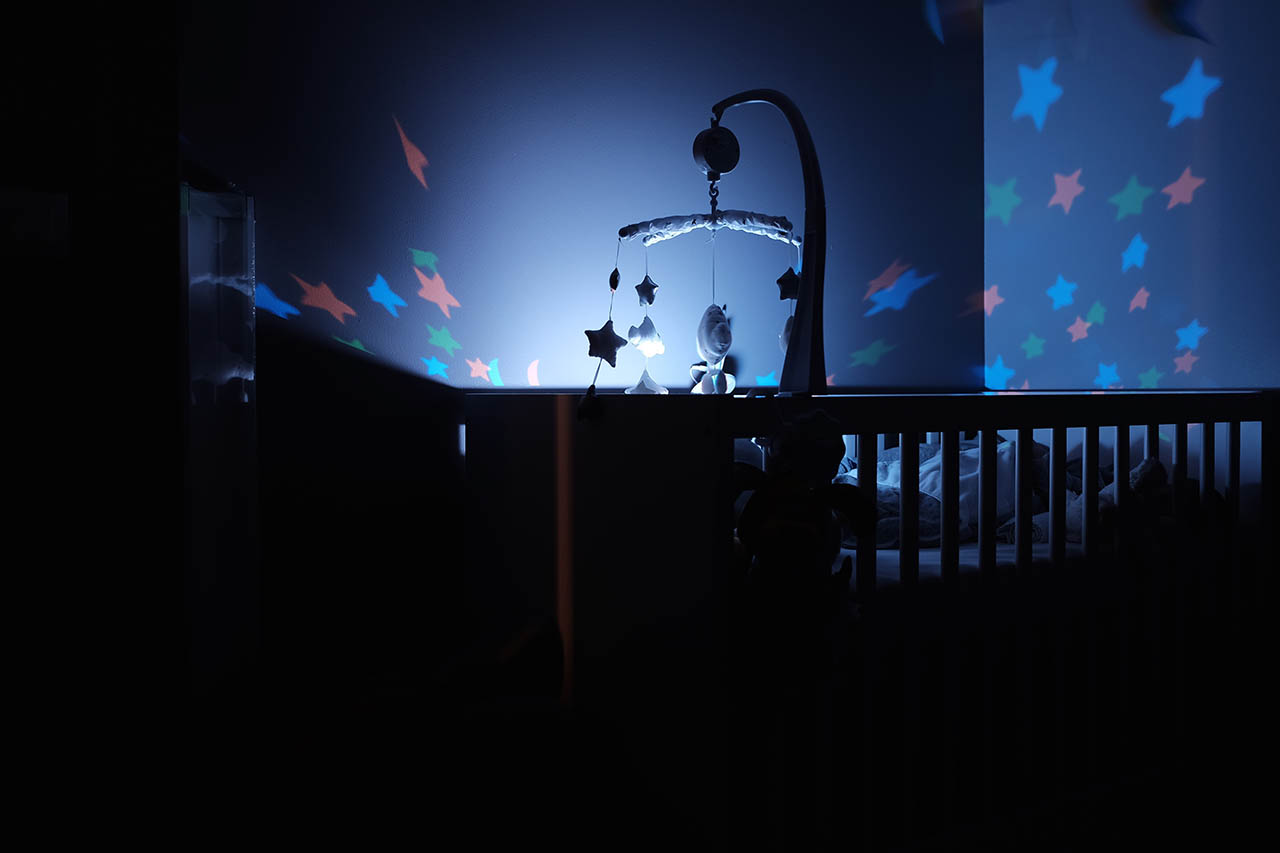
13 Dec Crib death (SIDS) explained by a mattress fungus
Crib Death Linked to Fungus Generated Toxins
Sudden Infant Death Syndrome. These four words can incite terror in the parents of an infant. Sudden infant death syndrome (SIDS), also known as crib death, is the number one cause of death for infants from one month to one year of age. Eight babies die from SIDS each night. Ninety per cent of all SIDS deaths are in babies under six months old. SIDS research occasionally leads to discoveries of risk factors associated with these deaths, but after almost 50 years, researchers say they do not know how or why it happens. The official US government position is: cause unknown.
It is inconceivable that after half a century and millions of dollars of research no scientist can tell us why it happens. Fortunately, a highly convincing explanation and solution has been found in New Zealand. This explanation is backed by a significant amount of evidence. However, it has been and continues to be completely ignored by SIDS organizations, the medical community, and the US government — for a variety of reasons, including politics, financial liability, and vested interests. The New Zealand findings continue to be denied and suppressed.
Mattress Fungus Makes Toxic Gas
Dr Jim Sprott, OBE, a New Zealand scientist and chemist, states with certainty that crib death is caused by toxic gases. These gases can be generated from a baby’s mattress when a fungus that commonly grows in bedding interacts with fire retardant chemicals to create poisonous gases (Richardson 1994).
These compounds containing phosphorus, arsenic and antimony have been added to mattresses as fire retardants since the early 1950’s.
Depending on conditions, these heavier-than-air gases generated by the fungus acting on the retardants are concentrated in a thin layer on the baby’s mattress or dissipated into the surrounding atmosphere.
If a baby breathes or absorbs a lethal dose of the gases, the central nervous system shuts down, stopping breathing and heart function. These gases can fatally poison a baby, without waking the sleeping baby and without any struggle by the baby. A normal autopsy would not reveal any sign that the baby was poisoned (Sprott 1996).
In spite of denial and opposition from orthodox SIDS organizations, this finding explains every factor already known about crib death. It is backed by scientific research (Sprott 1996 & 2000) and almost seven years of proof from the New Zealand crib death prevention campaign (Sprott 2000).
The fundamental solution is to eliminate all sources of phosphorus, arsenic and antimony from mattresses. But this is not happening now, and is not likely to happen anytime soon. However, putting the mattresses in a gas-impermeable cover made from high-grade polyethylene can prevent exposure to these gases plus insuring that bedding used on top of a covered mattress does not contain any phosphorus, arsenic or antimony.
Dr. Sprott specifies a fleecy, pure cotton (flannelette) under blanket, with only cotton or poly-cotton sheets and woolen or cotton blankets over the baby. No other bedding should be used in the baby’s crib. In particular, do not use any synthetic sheets or blankets, duvet, sleeping bag, or sheepskin (Sprott 1996).
The meaning of a 100% successful, seven year New Zealand crib death prevention campaign can be appreciated when one considers that there has not been a single SIDS death reported among the over 100,000 New Zealand babies who have slept on mattresses in the specially formulated polyethylene cover. The number of expected crib deaths during this period would have been 210 based on New Zealand’s historical crib death rate of 2.1 deaths per 1000 live births. During this same period the number of crib deaths involving uncovered mattresses were about 520.
Prior to the start of mattress covering, New Zealand had the highest crib death rate in the world. Following the adoption of mattress covering this rate fell by 48%. “These reductions cannot be attributed to orthodox crib death prevention advice,” said Dr Sprott. “There has been no material change in that advice since 1992. The only significant change in crib death prevention advice since 1994 is the dissemination of my recommendations to wrap babies’ mattresses and to stop using sheepskins as baby bedding.”
Parents Are Denied Findings
So why isn’t this profound and critically important information making the headlines of major newspapers or all over the evening news? There are various reasons, but one possible reason is that mattress manufacturers are required to use fire retardants through government regulations. Admitting that these chemicals are causing deaths could mean admitting to major liability. Furthermore, crib death research has been a significant source of funding for medical researchers in the U.S. Crib death research funding in New Zealand has nearly stopped as people became aware that mattress wrapping is easy, cheap and 100% successful in preventing this tragedy. Unfortunately, useless research continues in the U.S., as other considerations seem to be more important.
Used Mattresses are Worse
The risk of death increases when uncovered mattresses are re-used from one baby to the next. The fungus has already had a chance to establish itself and spread in the used mattress. When the next baby uses the same mattress, a larger quantity of the fungus becomes active. Toxic gas production begins sooner and is generated in greater volume. It is known that crib death rates increase markedly from the first baby in a family to the second, and from the second to the third, (Mitchell 2001).
From HealthyChild.com by Jane Sheppard.
Mattress Covers: Harlow’s Earth
Research? See: www.cotlife2000.co.nz


